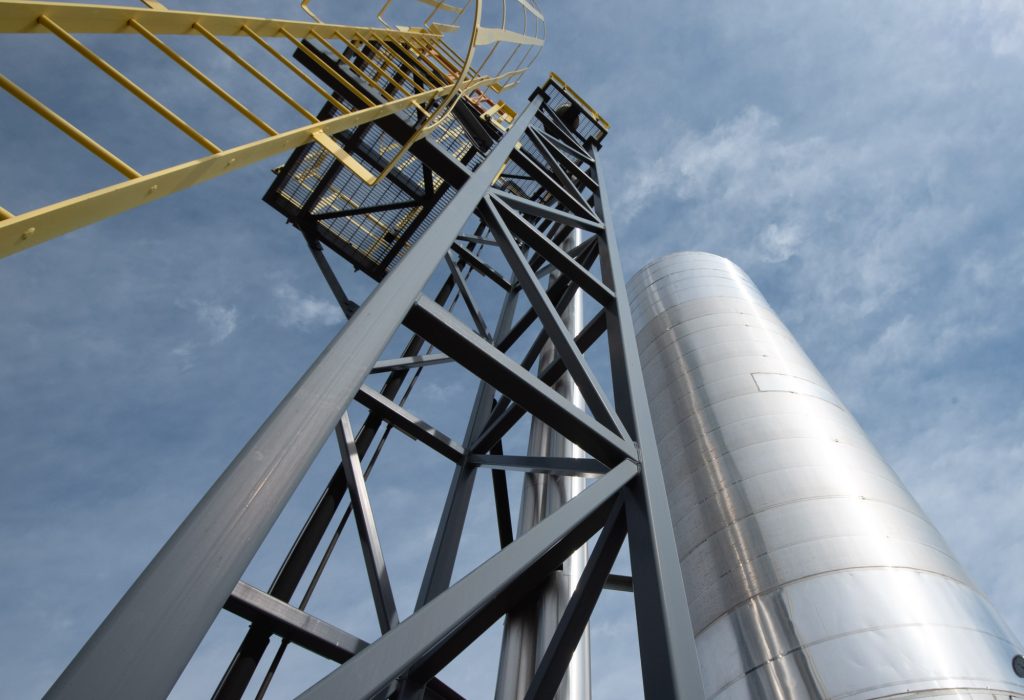
Our history
Funded through the federal Networks of Centres of Excellence program, CMC awarded $22M to 44 research projects and supported 155 researchers and over 200 graduate students and postdoctoral fellows. Our research program resulted in the formation of seven start-up companies as well as four patents, six patent applications, two invention disclosures and one license granted.
In 2013, CMC broadened its scope to provide emissions reduction solutions and support to both Canadian and international industries and began work on establishing research facilities. And in 2017 CMC opened the Newell County Facility, which focused on advancing carbon storage’s commercialization and helping industries better understand the movement of fluids underground. The Joint Industry Partnership began to disseminate cutting-edge research to inform emissions management and monitoring and work with small and medium enterprise technology companies to provide market assessments and scale-up services. Also in 2017, the Carbon Capture and Conversion Institute in Richmond BC opened, focused on offering a unique blend of experts, pilot plant, and laboratory space for the development of technologies to reduce industrial greenhouse gas emissions.
By 2021 CMC was selected as the delivery agent for the Alberta Methane Emissions Program, supporting innovation and technology development in methane emissions monitoring.
Meanwhile, in 2022 CMC launched carbonNEXT with Foresight CAC, focused on supporting innovative Canadian technologies in the CCUS space. As part of this work, CMC was selected to lead the Canadian CCUS Research and Technology Network, bringing together extensive technical expertise, research and validation infrastructure to provide innovators and industry clients with the services they need.
CMC has become a carbon capture leader through work on technical assessments, acceleration pathways, and pitch events. This includes creating a consortium of industry companies representing a significant portion of Canada’s emission profile, with the aim of advancing the adoption of next-generation capture technologies.


